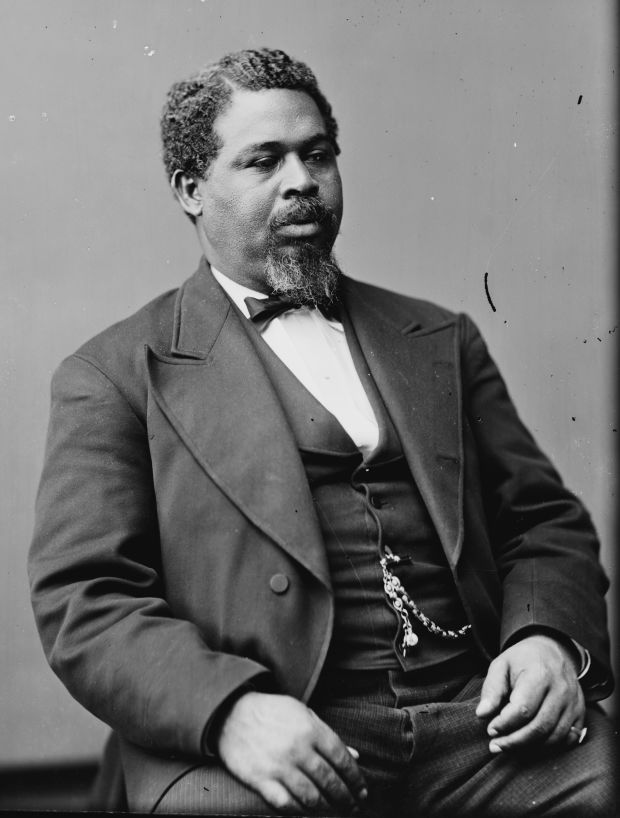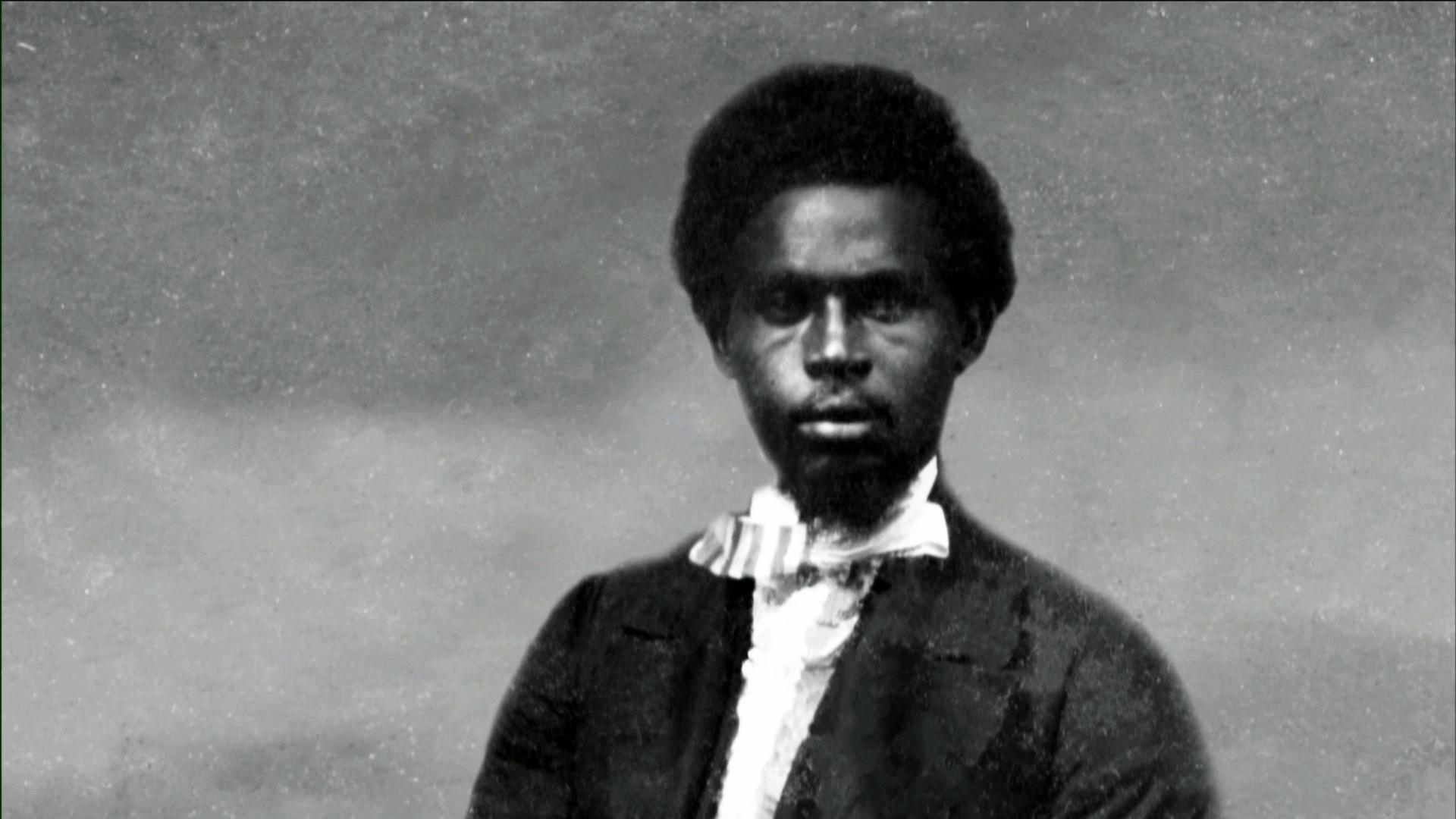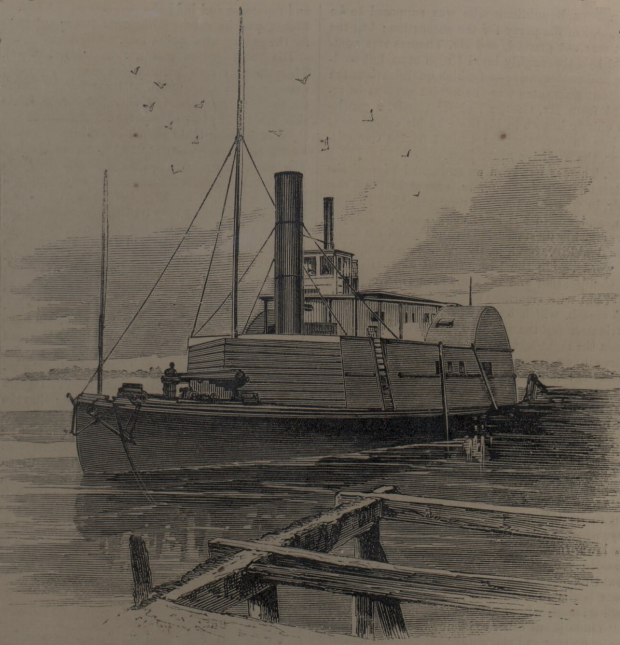
Black History Unsung Heroes: Robert Smalls
Long before he assumed the Oval Office, Barack Obama, advocating for a more equal America in the 21st century, said, “Change will not come if we wait for some other person or some other time. We are the ones we’ve been waiting for. We are the change that we seek.” Change has not come easily for Black Americans. Over the centuries, there have been countless proponents of equality—Frederick Douglass, Rosa Parks, and Martin Luther King, Jr. were so monumental that they’re seared into our national tapestry. But, as significant as their efforts were, many more heroes throughout history gave their everything in the fight for racial justice, including, as you’ll see, a man who sailed to freedom.

In 1862, the second bloody year of the American Civil War, a 22-year-old slave named Robert Smalls accomplished an unthinkable feat of cunning, deception, and bravery: he stole a ship. But it wasn’t just any ship that this crafty young man decided to nab. No, he knew what he needed and had meticulously planned to get it. His vessel of choice was fully stocked with hundreds of rounds of ammunition, Howitzer guns and other weapons, and—most importantly—17 pieces of Confederate property, all of which were warm-blooded human beings enslaved by the prevailing zeitgeist of the American South.
Robert Smalls was born in Beaufort, South Carolina, in 1839. His mother Lydia served in the house of John McKee, her owner and alleged but unconfirmed baby daddy. Compared to slaves in the field, Lydia and Robert faced less horrific conditions, and this worried Lydia. She wanted her son to see and understand the savagery and inhumanity of enslavement, so Lydia, with presumably the heaviest of hearts, sent Robert into the fields to experience true slavery, whipping posts and all. This education forever changed Robert, igniting within him a spirit of defiance and rebellion that would later lead to a covert, nail-biting escape to freedom.
At the young age of 12, Robert moved (or, more accurately, was shipped) to Charleston, a harbor town on South Carolina’s coast, and his love of the sea drew him toward the docks. His status as a white man’s chattel notwithstanding, Robert proved himself as a worthy stevedore and seafarer, slowly gaining the trust of those holding him captive. His plan for freedom began to take shape in 1861, when Robert landed an assignment to steer the Planter, an armed Confederate steamship, and in May of the following year, he undertook a feat audacious and thrilling enough to make Jerry Bruckheimer or Robert Ludlum proud.
Constantly watched by the Planter’s three white officers, Robert bided his time, toiling away around the jetties of the Atlantic while secretly scheming routes to freedom. On the fateful night of May 12, 1862, Robert got his chance and pounced on it, moving swiftly under the cover of darkness. The officers, who usually slept aboard the ship, had decided to stay the night ashore, leaving Robert and eight other enslaved crewmen aboard the Planter, which was moored in Charleston’s Southern Wharf. In the absence of the officers, Robert quickly revealed his plan to the crewmen, most of whom decided to join him. One or two, depending on the historical source you choose, stayed behind to avoid the certain death that would await them if they were caught.

At around 2 o’clock in the morning, Robert donned the hat of the ship’s captain and directed the crewmen to hoist the flags of both South Carolina and the Confederate. They set out and eased through the moonlit water, stopping only to pick up other slaves, including Robert’s wife and children, at a nearby wharf. With Robert at the helm, the fugitives sailed through the perilous night, using the flags and signals from the ship’s whistle, which Robert had memorized, as decoys to gain clearance from other Confederate ships in the harbor.
Near dawn, after passing the infamous Fort Sumter (the origin of all the bloodshed), Robert and his fellow escapees veered toward a fleet of Union ships blockading the harbor. As night began to fade over the war-torn coast, the Planter approached the trigger-happy ships from the North. The USSOnward first spotted the Confederate steamship. The Yankees nearly fired, but an Onward sailor saw, along with the flag of his enemy, another piece of fabric rippling in the day’s first light: a white bed sheet, a symbol of surrender.
Robert Smalls, in one night, risked everything to free his wife and children, his crew, and their families. What’s more, even after he was a free man, he continued to fight for justice and equality in the post-war United States as part of the South Carolina State legislature and later as a member of the US House of Representatives. He was a liberator—on water, in government, and in the minds of those who would follow in his footsteps—and his heroics deserve to be sung.
SOURCE: BIOGRAPHY



